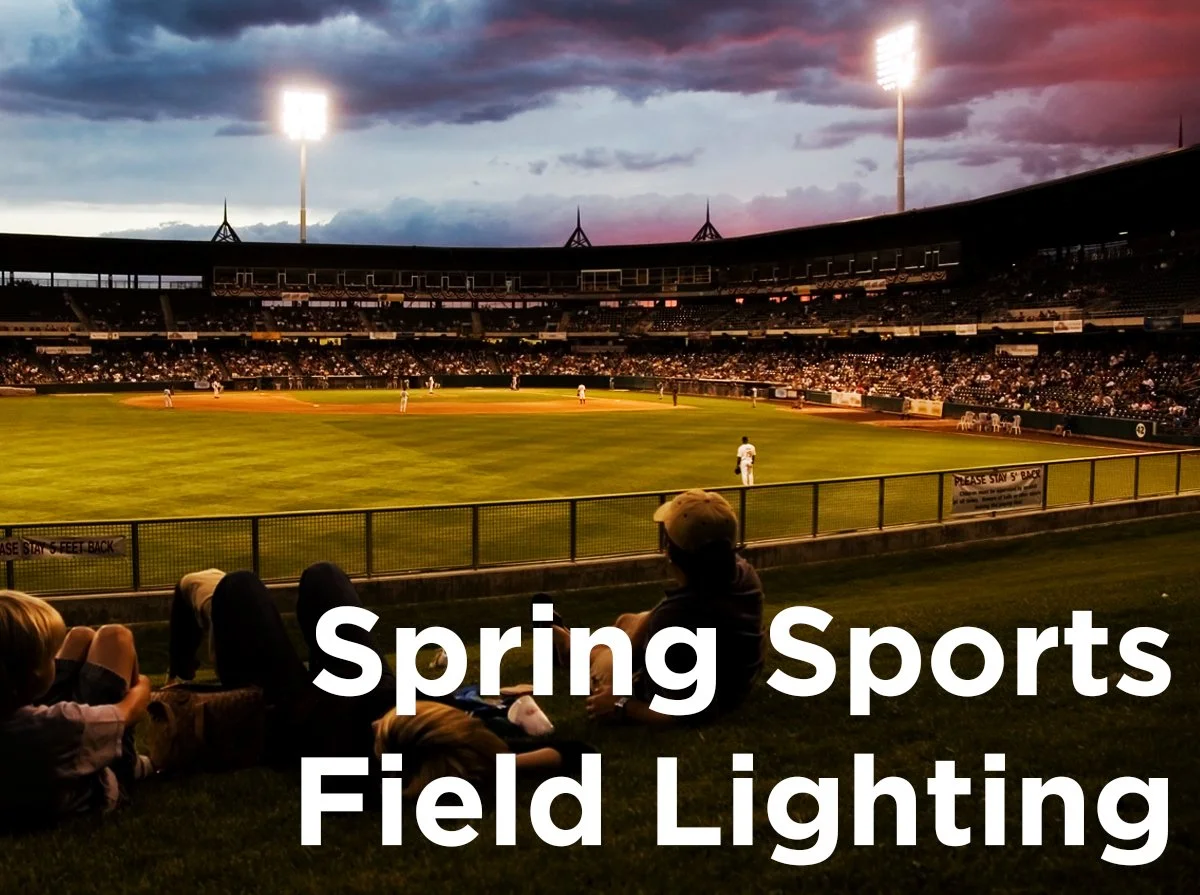Take Advantage Of Outdoor Lighting Controls
By employing lighting controls in conjunction with LED area fixtures, you can reduce the operating costs and maintenance of your fixtures. According to the US Department of Energy (DOE), the implementation of lighting controls, which focuses on dimming lights or turning lights off when not in use, can reduce energy costs by up to 30-75% in exterior and parking structures. With a commercial space spread out over hundreds, maybe even thousands of square-feet, the larger the space, the more you can save.
Types of Outdoor Lighting Controls
A lighting control is an internal or external component which regulates a light fixture to turn on or off. In today’s market, there are several types of lighting controls that save energy by only lighting an area when it is necessary. In some instances, LED fixtures may even feature a built in pre-wired lighting control. There are four common types of controls which are used on today’s lighting fixtures.
Photocells: Detects the presence of visible light, infrared (IR) and/or ultraviolet (UV) energy and turns on or off according to those measured light levels. The most commonly used type of control for wall packs and lighting fixtures.
Timers: An electronic component which adjusts the when a light operates according to pre-set schedule. Consistently turns lights on or off for a specified time frame.
Motion Sensors: Senses occupancy of a space and turns lights on and off when movement is detected. Ideal for areas where the traffic of occupants fluctuates.
Passive Infrared (PIR): Detects body heat (infrared energy). Typically used in exterior parking and structure applications and requires a direct line of sight to function properly.
Ultrasonic: Sends out pulses of ultrasonic waves and measures the reflection of an object. Not regularly used for outdoor applications due to high sensitivity to moving objects such as trees and small animals.
Microwave: Sends out microwave pulses and measures the reflection of a moving object. Covers a larger area than infrared but is vulnerable to electrical interference.
Energy Management Control Systems: A more advanced computer controlled management system which can be used to monitor energy and adjust light levels remotely.
Since building exterior applications usually vary, depending on your setup, one particular control may be more favorable as opposed to the other. By not properly selecting the appropriate lighting control the effectiveness and efficiency would be limited. For areas where light is needed on a consistent schedule, use a timer. For high traffic areas where the demand for light fluctuates, use a motion sensor to reduce wasted light. Compare the initial costs and overall savings of the lighting setup. Also consider the space, range, ambient light, and sensor delays to ensure get the most out of your setup.
Benefits of Outdoor Lighting Controls
A decrease in energy usage would be the immediate benefit which would translate to money saved from those energy-hungry electric bills. The National Electrical Manufacturers Association (NEMA) estimates energy savings from a lighting system upgrade would reach a minimum of 30% savings but if controls were incorporated, that number could reach 50% in energy savings. LED lighting solutions are known for their substantially long life, but by employing lighting controls that lifespan has the potential to be lengthened adding towards the payback of your initial investment.
With a push towards an energy-conscious environment, organizations such as the U.S. Green Building Council (USGBC) developed the green building certification known as LEED (Leadership in Energy Environmental Design). This internationally recognized certification can not only help improve energy and cost savings but may allow you to take advantage of state and local tax incentives. According to usgbc.org over the lifespan of the building, LEED certified buildings on average cost 40% less to operate and retain higher property values.
As well as all the possible energy savings, organizations like the International Dark Sky Association (IDA) strive to keep unnecessary light, referred to light pollution, out of our night skies allowing us to see the stars as nature originally intended. By limiting or reducing commercial outdoor lighting to when it’s only necessary there is not only an opportunity to save energy, but to protect wildlife ecosystems and preserve a healthy life style. According to the IDA in the U.S. alone, there is about 16.2 million public and commercial outdoor lighting fixtures which include streetlights, parking lot lights, and lighting on commercial buildings. With a potential to save 30-50% of energy usage for 16.2 million outdoor lighting fixtures, the savings would be rather substantial.
Have you had firsthand experience on how lighting controls improved your facility? Feel free to share your input feel and leave a comment in the area below. If you have any questions on which would be the best lighting control for your setup, contact our customer service team at 1-800-624-4488 Monday through Friday (7 am to 7 pm CST). Lastly, for even updates and enlightening information stay in touch with us by following our Facebook, Twitter, LinkedIn, and Pinterest.









